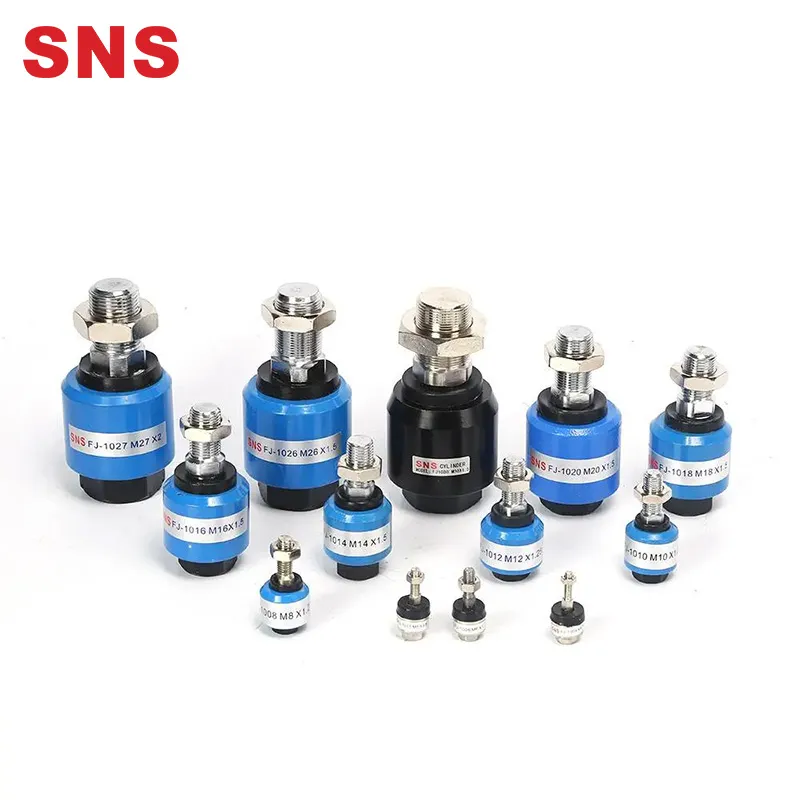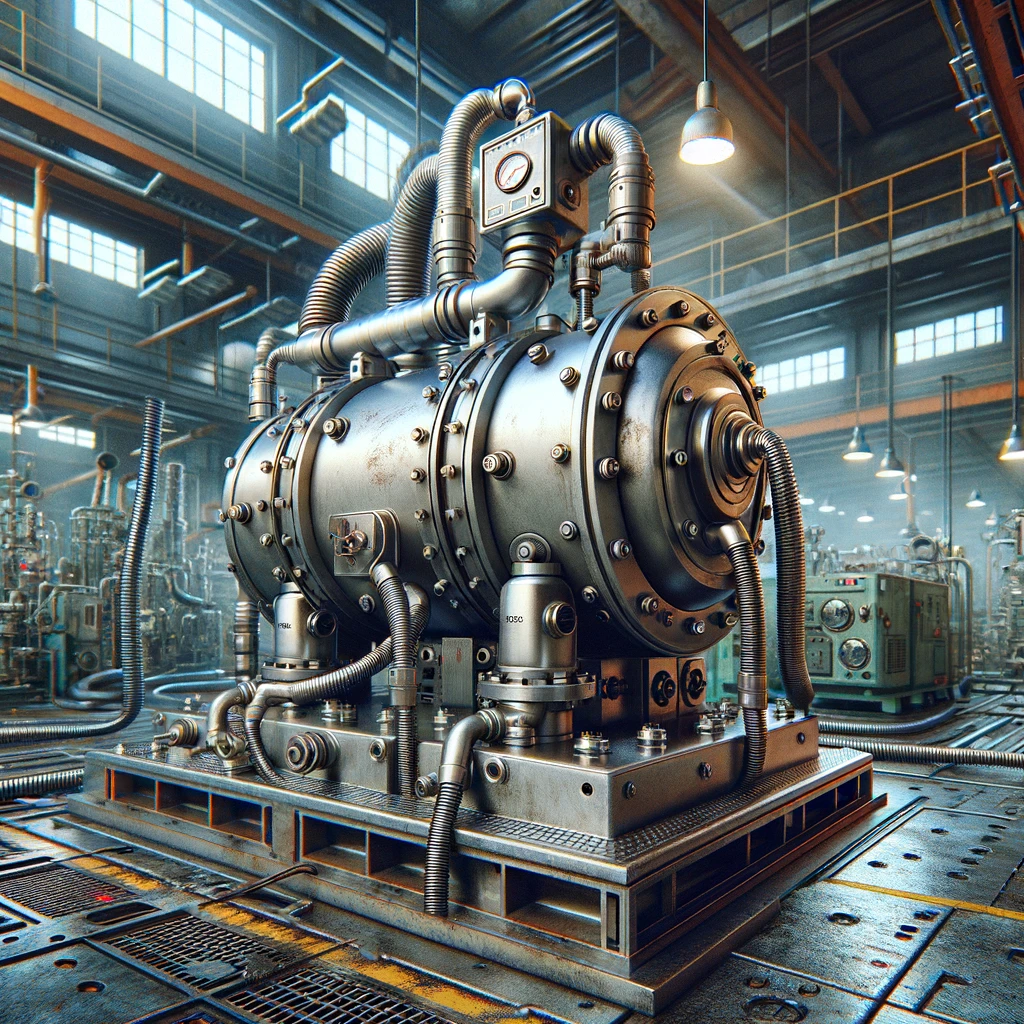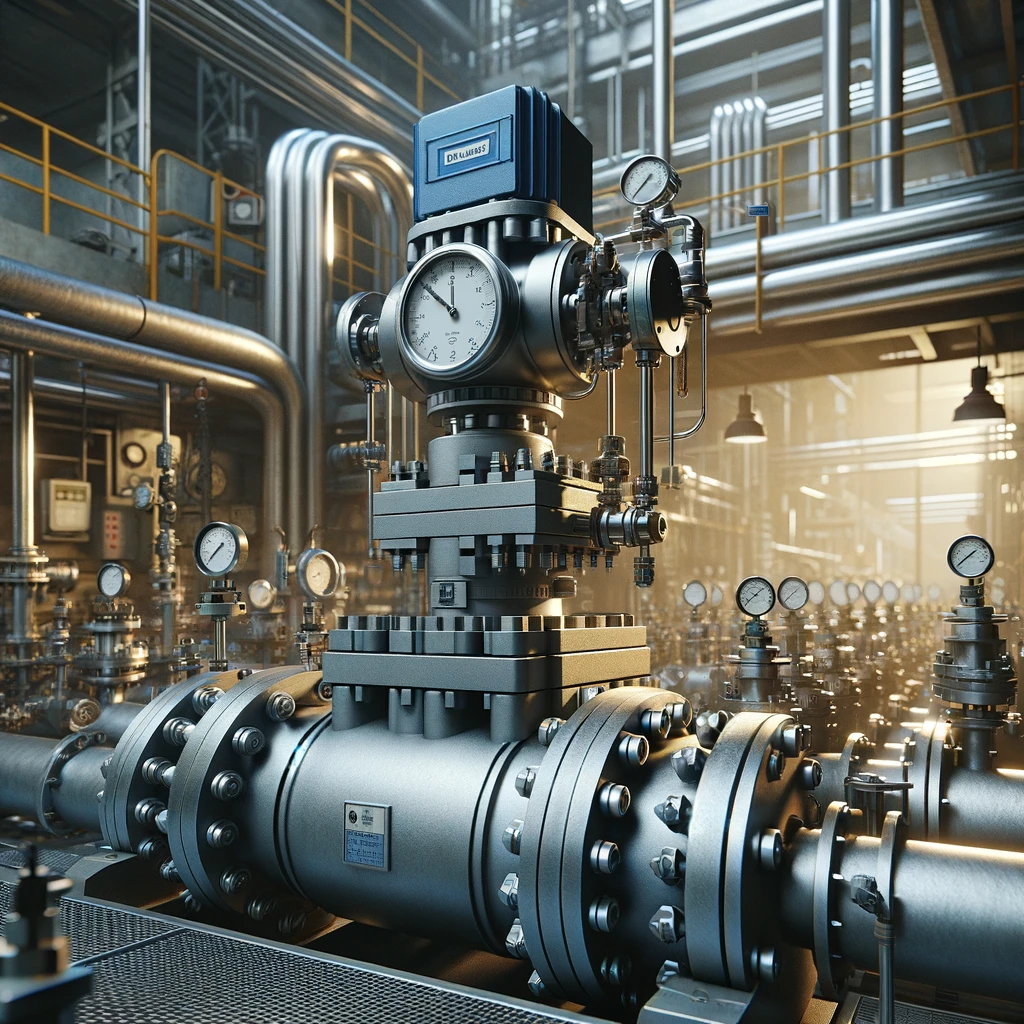How Does a Pneumatic Vacuum Work
A pneumatic vacuum operates by converting compressed air from a supply line into a vacuum through a venturi nozzle, creating suction. This system efficiently removes debris or fluids without the need for electrical power.
Understanding how a pneumatic vacuum functions can offer insights into its efficient use in various industrial applications, highlighting its advantages in environments where electricity might pose a risk. Continue reading to delve deeper into the principles guiding this technology and its diverse uses.
What Is A Pneumatic Vacuum?
A pneumatic vacuum is a device that utilizes compressed air to create a vacuum. This tool operates without electricity by relying on the energy provided by the compressed air system. It functions by converting the high velocity of air into a low-pressure area, effectively creating suction. The principle behind this is based on Bernoulli’s equation, which relates the speed of a fluid to its pressure.
Components Of Pneumatic Vacuum Systems
Vacuum Generator/Ejector: This device uses compressed air to create a vacuum, converting air pressure into suction. Its efficiency influences the power of the vacuum.
Air Filters: Removing contaminants from air, these components protect the system and maintain consistent performance.
Control Valves: Regulating airflow within the system, control valves adjust suction power, crucial for precision tasks.
Vacuum/Suction Cups: Acting as contact points between the vacuum and handled material, their design is tailored to ensure secure, damage-free handling.
Silencers: Reducing noise during operation, silencers are important for workplace safety and comfort.
Pressure Gauges: Offering real-time data on system performance, regular monitoring allows pressure adjustments to maintain optimum functionality.
Hoses & Connectors: These components link the system together. High-quality fittings prevent leaks, ensuring system efficiency.

How Pneumatic Vacuums Work
Pneumatic vacuums operate using compressed air. Air pressure differential drives their functioning. They don’t rely on electric or mechanical power sources. This quality makes them highly versatile and suitable for hazardous environments.
Air enters through a narrow inlet at high velocity within the vacuum. This process creates a low-pressure area inside. The external higher pressure pushes materials into the vacuum’s chamber. Essentially, it sucks debris or fluids into its system.
A venturi system is central to its operation. The venturi effect accelerates air, creating suction. It’s a straightforward yet effective mechanism for generating vacuum power.
The vacuums exhaust the used air back into the environment. This cycle ensures continuous operation without overheating issues common in electrical systems.
Types Of Pneumatic Vacuum Systems
Pneumatic vacuum systems can be categorized into several types based on their operational mechanism and application areas. These include single-stage venturi systems, multi-stage venturi systems, and compressed-air powered vacuums.
Single-stage Venturi Systems: With a simple design, these systems utilize a single venturi to create a vacuum. However, strength and efficiency are somewhat limited.
Multi-stage Venturi Systems: Offering more power, these systems employ multiple venturis in series to enhance vacuum generation, suitable for heavier-duty tasks.
Compressed-air Powered Vacuums: Using compressed air as their power source, these types of systems rely on an external air compressor, providing strong suction forces and great versatility.
Applications Of Pneumatic Vacuum Systems
Diverse Industrial Operations: Pneumatic vacuum systems are used across multiple industries for material handling and quick sorting or conveying of items.
Chemical Processing Plants: Ideal for environments with explosive materials due to their safe operational design.
Manufacturing: Assists in transporting materials that are challenging to move, streamlining the manufacturing process.
Pharmaceutical Industry: Reduces contamination risks by efficiently removing dust and debris, maintaining necessary cleanliness standards.
Transportation: Utilized in pneumatic tube systems to quickly transfer small items across short distances in settings like banks and hospitals.
Cleaning Sector: Handles hazardous waste safely, minimizing worker exposure to dangerous substances.
Environmental Efforts: Supports recycling and material recovery during industrial processes, aiding in environmental conservation.
Agriculture: Aids in gentle grain handling and storage, preventing spoilage and maintaining the quality of agricultural products.

Advantages Of Pneumatic Vacuums
High Efficiency: Pneumatic vacuums are adept at performing a wide range of tasks effectively.
Non-Electric Operation: Using compressed air negates the need for electrical power, enhancing safety in explosive-prone areas.
Simple and Robust Design: Leads to lower maintenance costs due to a lesser number of moving parts, which minimizes potential failures.
Versatility: Easily adapted for diverse industrial applications, capable of handling both dry and wet materials depending on requirements.
Lightweight and Powerful: These systems are both potent and easy to maneuver, facilitating transportability.
Quiet Operation: Operates with less noise compared to traditional electric vacuums, helping to lower noise pollution in work environments.
Energy-Efficient: Utilizes existing air in the system, which can lead to decreased operational costs over time.
How Does Air Pressure Allow A Vacuum To Work?
The principle behind a pneumatic vacuum is creating an area of low-pressure or partial vacuum inside the device. When this happens, atmospheric pressure outside the device becomes relatively higher than the pressure inside.
This difference in pressure causes air to rush into the vacuum to equalize the inside and outside pressures. As air moves into the vacuum, it carries along with it dust, debris, or other particles, effectively cleaning or suctioning off surfaces.
How Do You Make A Vacuum With Air Pressure?
To begin, you need a sealed chamber or container. The key here is that no air should enter or exit once the process starts. Within this chamber, air pressure is gradually decreased using various methods. One common method involves a pump which actively removes air from inside the chamber, thus lowering the internal pressure.
As air is removed, the difference in pressure between the inside of the chamber and the outside environment increases. It’s this pressure differential that essentially creates a vacuum. The lower internal pressure compared to the external environment means that there’s less air inside, defining a vacuum state.
The process may vary slightly depending on the specific type of pneumatic system being used, but the fundamental principle remains consistent: decrease air density inside a closed space to create a vacuum. Some systems might employ rotary vane pumps, while others could utilize diaphragm pumps; each has its mechanism for removing air but achieves the same end result.
In Conclusion
Pneumatic vacuums harness the power of compressed air to create a vacuum, providing an efficient and reliable solution for material handling and cleaning applications.
Explore our range of pneumatic vacuum solutions to enhance your operations’ efficiency. Contact us for expert guidance on selecting the right equipment tailored to your needs.





